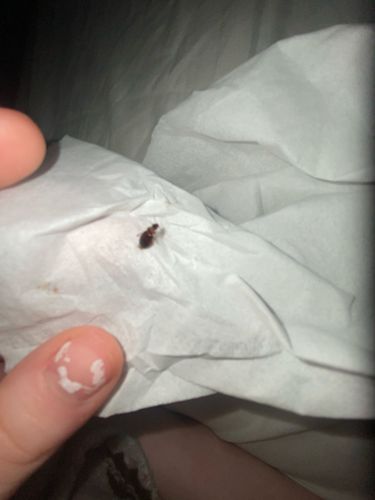Bed Bug
Scientific Name: Cimex lectularius
Order & Family: Hemiptera, Cimicidae
Size: 4-5 mm (adults), about the size of an apple seed.

Natural Habitat
Primarily human dwellings (beds, mattresses, cracks in walls, furniture), also found in hotels, theaters, and public transportation.
Diet & Feeding
Exclusively blood-feeders. They feed on human blood, typically at night while the host is sleeping.
Behavior Patterns
Nocturnal, hiding in cracks and crevices during the day. They are attracted to carbon dioxide and warmth. Females lay several eggs daily, which hatch in about a week. Nymphs molt through five stages, each requiring a blood meal. They can survive long periods without feeding.
Risks & Benefits
Potential risks: Bed bug bites can cause itchy welts, skin irritation, and in some individuals, allergic reactions. While not known to transmit diseases, their bites can lead to secondary skin infections from scratching. They cause significant psychological distress and financial burden for eradication. No known benefits to humans or ecosystems, considered a pest.
Identified on: 9/22/2025